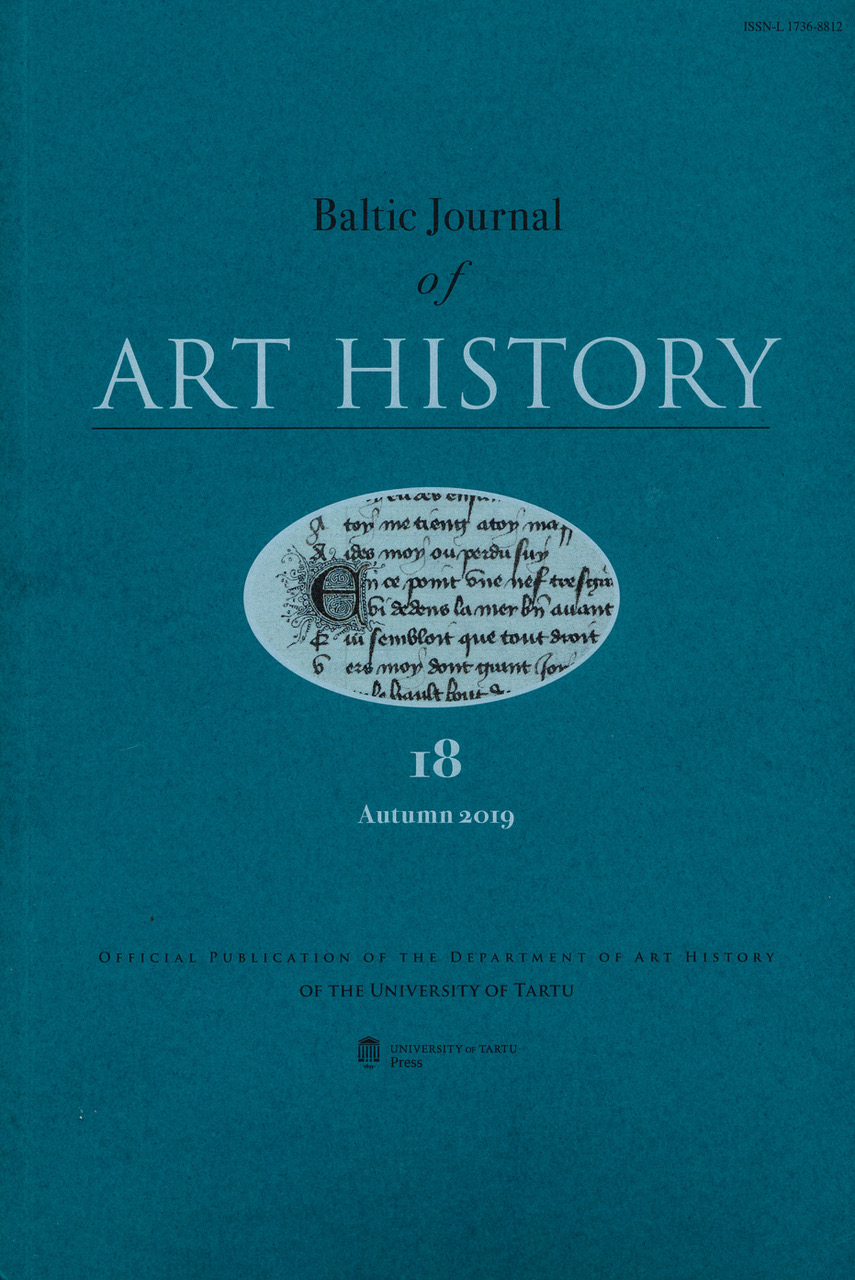SLOW AND DISCONNECTED? THE HISTORIOGRAPHY OF 17TH–18TH CENTURY GLASS IN ESTONIA AND THE PROSPECTS OF INTERDISCIPLINARY RESEARCH BASED ON A CASE STUDY OF PÄRNU COUNTY
DOI:
https://doi.org/10.12697/BJAH.2019.18.06Keywords:
glass, historiography, 17th century, 18th century, Pärnu, HütiAbstract
This article provides an overview of the research into 17th–18th
century glass in Estonia that has been lacking to date. Works on
industrial archaeology, artefact studies and genealogy are discussed,
thereby offering a useful reference point for comparative studies on
regional dynamics, influences on glass consumption and production,
and the origins of foreign products, merchants and glassmakers. The
use of art as an iconographic source is described in an attempt to
present material that could help to realise art history’s full potential
in studying glass in Estonia during this period. The potential of
interdisciplinary research that combines all of the sources noted
above is highlighted through a case study on the research prospects
of Pärnu glassworks based on previously unstudied and unpublished
data. Based on information from archival records, genealogy,
cartography and typology, it is determined that a factory did exist
in Pärnu in the first half of the 17th century that could potentially be
even older than the factory at Hüti. This could significantly change
our understanding of the beginning of glass production in Estonia.

